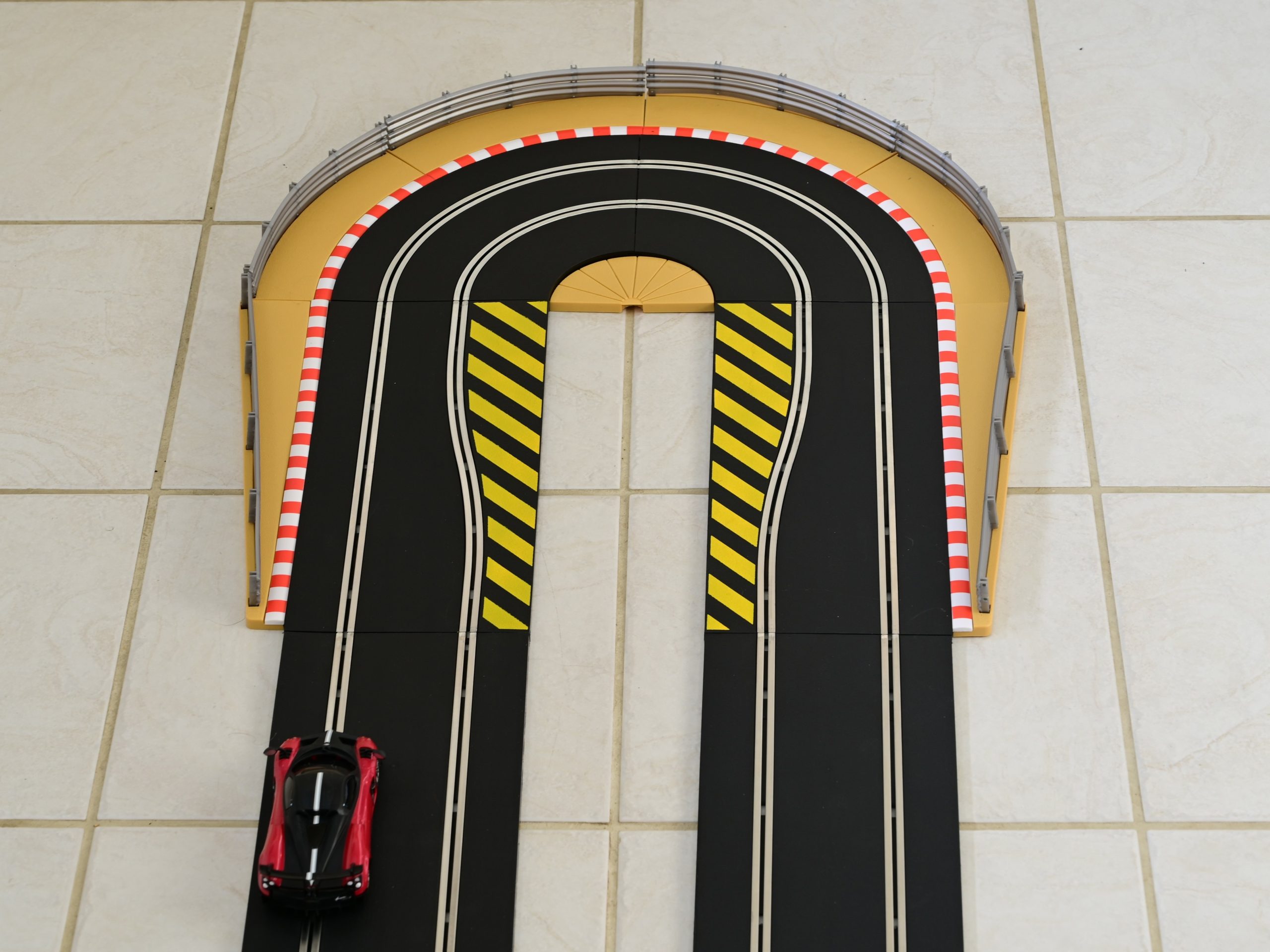
Slot racing, a hobby cherished by many across the globe, finds its roots in the early 20th century. This engaging pastime, which involves racing miniature cars on a slotted track, has evolved significantly over the years, intertwining with advancements in technology and changes in social trends. This blog post aims to explore the fascinating journey of slot racing from its inception to the form we know today.
The Early Days
The story of slot racing begins in the early 1900s, though the exact date and inventor are shrouded in mystery, much like many historical innovations. What is clear, however, is that the fundamental concept of slot racing – guiding miniature cars around a track using a groove or slot – was a novel idea that captured the imaginations of many.
In the 1930s, the first recognisable versions of slot car tracks began to appear. These were rudimentary by today’s standards, often constructed from wood and powered by rudimentary electrical systems. These early tracks were primarily found in public amusement arcades rather than homes, hinting at the communal aspect of the hobby that still exists today.
The cars themselves were simple, typically made from metal or wood, and lacked the detailed decorations and sophisticated mechanisms seen in contemporary models. However, they were a source of fascination and joy, providing a new form of entertainment that combined the thrill of racing with the pleasure of mechanical tinkering.
Post-War Expansion
The end of World War II marked a significant turning point for many hobbies, slot racing included. The post-war era saw a surge in leisure activities, as people sought to fill their newfound free time with enjoyable pastimes. This period also brought about significant technological advancements, many of which were adapted from military to civilian use.
In slot racing, the 1950s and 1960s are often referred to as the golden age. It was during this time that the hobby began to take on a form more recognisable to modern enthusiasts. Tracks became more sophisticated, incorporating plastic materials and more complex layouts, while the cars started to feature more detailed designs and improved performance capabilities. Scalextric was introduced in 1957 and became the leading force in slot car racing.
One of the most significant advancements was the introduction of commercially available slot car kits. These kits allowed individuals to build and customise their own cars and tracks, a feature that greatly expanded the hobby’s appeal. It was no longer just about racing; it was also about creativity, engineering, and personal expression.
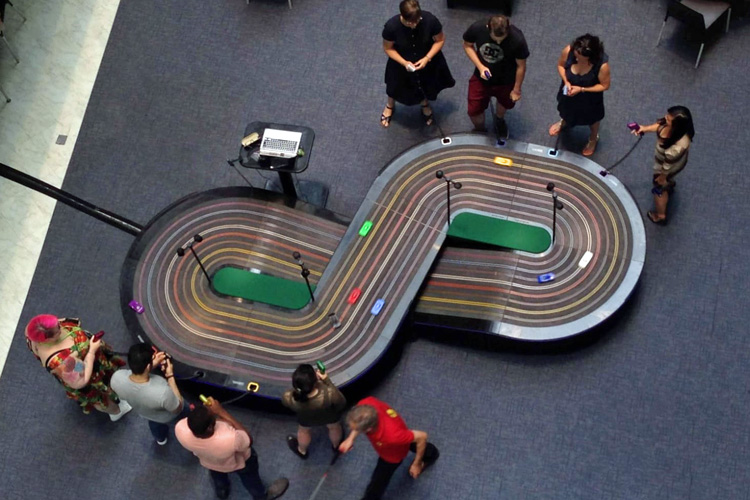
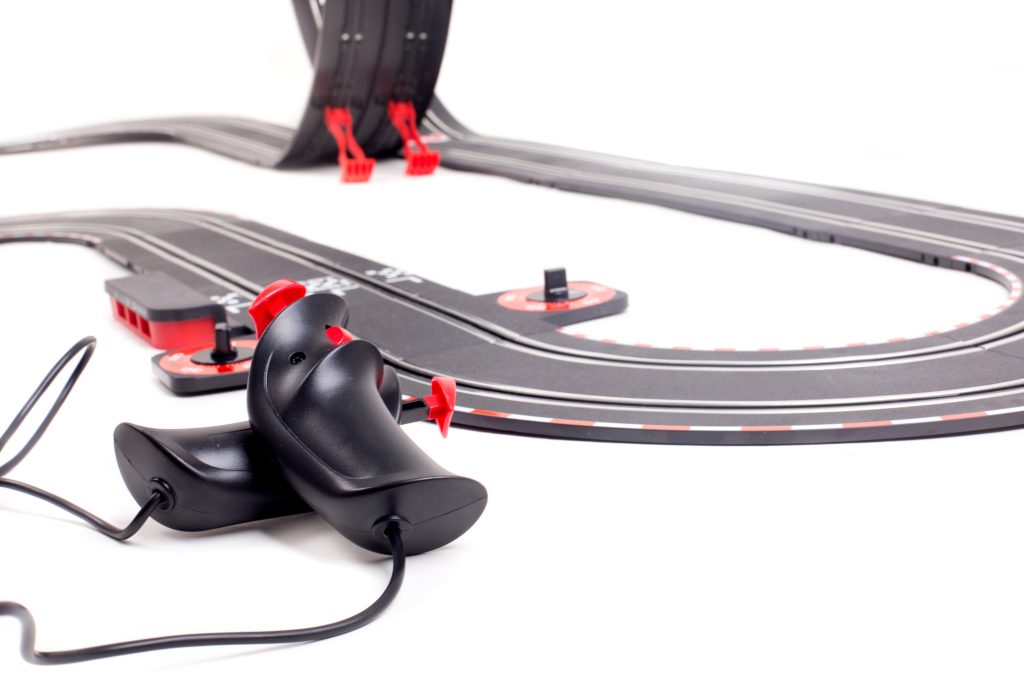
The Rise of Clubs and Competitions
As slot racing continued to grow in popularity, it began to develop a more organised structure. Clubs started to form, providing enthusiasts with a space to share their passion, exchange tips, and, of course, race. These clubs were often the heart of the slot racing community, fostering friendships and rivalries alike.
Competitions, too, became a staple of the slot racing world. Local, national, and eventually international tournaments provided racers with the opportunity to test their skills and their cars against others. These events were not just about winning; they were also about learning, improving, and being part of a community.
The competitive aspect of slot racing also spurred further innovations in car and track design. Racers and manufacturers alike sought to gain an edge, leading to advancements in aerodynamics, motor technology, and track layout. This period of rapid development saw slot racing evolve from a simple children’s toy into a sophisticated hobby that appealed to all ages.
The Evolution of Scale and Technology
As the 1970s dawned, slot racing faced new challenges and opportunities. The advent of new technologies and materials, coupled with changing social trends, had a profound impact on the hobby. One significant development was the diversification in scale; while earlier slot cars were typically larger, the 1970s saw the increasing popularity of smaller scales, such as 1:32 and the even tinier 1:64 scale. This shift allowed for more intricate track designs and more manageable setups for home enthusiasts, making the hobby more accessible to a wider audience.
This period also saw significant advancements in the manufacturing and design of slot cars and tracks. Plastic injection moulding techniques led to more detailed and durable car models and accessories, enhancing the visual appeal and longevity of the equipment. Additionally, the introduction of electronic controllers offered a new level of precision in speed control, allowing racers to navigate tracks with greater finesse.
The Cultural Impact and Global Reach
Slot racing transcended its initial status as a mere pastime to become a cultural phenomenon, particularly in the United Kingdom and the United States. It was featured in movies, television shows, and advertisements, becoming synonymous with speed, competition, and fun. This visibility helped to cement slot racing’s place in popular culture and contributed to its global spread.
As the hobby expanded, it began to reach all corners of the globe. Countries across Europe, Asia, and Australia developed their own vibrant slot racing communities, each adding their unique twist to the hobby. International competitions became more common, fostering a sense of global camaraderie among racers. The hobby’s universal appeal lay in its ability to bridge language and cultural barriers, uniting people through their shared passion for racing and craftsmanship.
The Digital Revolution and Slot Racing’s Resurgence
The late 20th and early 21st centuries brought about the digital revolution, which had a significant impact on slot racing. Digital slot racing systems were introduced, allowing multiple cars to race on the same track without physical lane restrictions and incorporating features such as lane changing and programmable race management. This innovation revitalised the hobby, attracting a new generation of enthusiasts and rekindling interest among former racers.
The internet further transformed the slot racing community, providing a platform for enthusiasts to share their creations, organise events, and exchange knowledge. Online forums, social media groups, and dedicated websites became invaluable resources for both beginners and seasoned racers. The digital age made it easier than ever for the slot racing community to connect, collaborate, and grow.
Reflections and Looking Ahead
Today, slot racing continues to thrive, blending tradition with innovation. While it pays homage to its rich history, the hobby also embraces new technologies and ideas. The enduring appeal of slot racing lies in its unique combination of competition, creativity, and community. It offers a tactile and engaging alternative to the digital-centric entertainment that dominates modern life.
As we look to the future, slot racing appears poised to continue its evolution. Advances in technology, such as augmented reality and improved materials, promise to enhance the racing experience further. However, at its core, the hobby will likely remain true to the principles that have sustained it for over a century: the joy of building, the thrill of racing, and the warmth of community.
The Impact of Modern Manufacturing and Sustainability
In recent years, slot racing has seen a significant shift towards sustainability and environmentally friendly practices, reflecting broader societal changes. Modern manufacturing techniques have not only improved the quality and durability of slot cars and tracks but also allowed for more sustainable materials to be used. Companies are increasingly adopting eco-friendly practices, such as using recycled plastics or biodegradable materials, to minimise the environmental impact of their products. This shift towards sustainability is vital, as it ensures the hobby can continue for future generations without compromising the health of our planet.
Furthermore, the democratisation of manufacturing, such as 3D printing, has revolutionised how enthusiasts engage with slot racing. Individuals can now design and print their own cars, parts, and even track sections, allowing for unprecedented levels of customisation and innovation. This DIY approach has breathed new life into the hobby, enabling racers to create unique, personalised racing experiences that were not possible in the past.
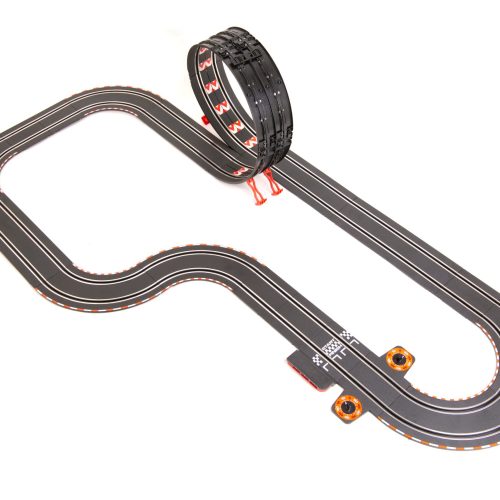
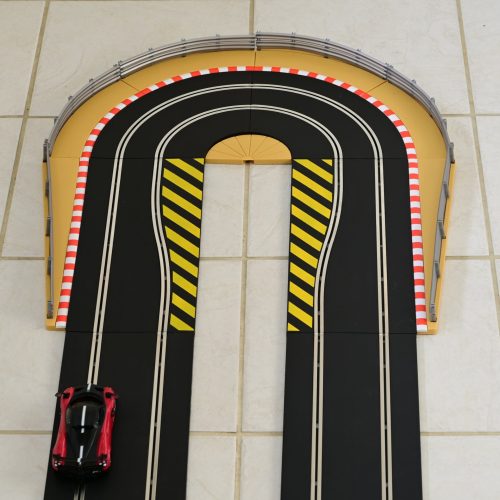
The Role of Education and Community Engagement
Slot racing has also found a unique place in educational settings, providing a fun and interactive way to teach principles of physics, engineering, and design. Schools and youth groups have embraced the hobby as a tool for learning, leveraging the excitement and engagement of racing to foster a deeper understanding of scientific concepts. This educational aspect helps to attract a younger audience to the hobby, ensuring its continued growth and relevance.
Community engagement has always been a cornerstone of the slot racing world. Local clubs and public events play a crucial role in bringing enthusiasts together, sharing knowledge, and promoting friendly competition. These gatherings are not just about racing; they’re also about mentorship, friendship, and the sharing of ideas. In an increasingly digital age, slot racing offers a tangible and social hobby that encourages real-world interaction and community building.
The Challenge of Modernity and Preserving Tradition
Despite its adaptability and enduring appeal, slot racing faces challenges in the modern era. The rise of video games and other digital entertainment options has led to a decline in interest in traditional hobbies like slot racing. Additionally, the fast pace of modern life means that fewer people may have the time to dedicate to building and maintaining a slot car track.
However, the slot racing community continues to combat these challenges through innovation and outreach. By integrating digital technology with traditional racing elements, the hobby appeals to both tech-savvy youngsters and nostalgic adults. Events like “digital nights” and online competitions help bridge the gap between the virtual and physical worlds, ensuring that slot racing remains relevant in the digital age.
Looking Forward: The Future of Slot Racing
As we look towards the future, the potential for growth and innovation in slot racing is boundless. Advances in technology promise even more realistic and immersive racing experiences, while the community’s commitment to sustainability and education ensures that the hobby will remain vibrant and accessible.
The future of slot racing also lies in its ability to adapt to changing social dynamics and technological advancements while preserving the core elements that have made it beloved for over a century. As long as there are individuals passionate about racing, craftsmanship, and community, slot racing will continue to thrive and evolve.
The journey of slot racing from a simple amusement to a sophisticated and beloved hobby reflects broader themes of innovation, community, and adaptation. As it navigates the challenges and opportunities of the 21st century, slot racing remains a testament to the enduring appeal of combining hands-on creativity with the thrill of competition. Whether for educational purposes, environmental sustainability, or simply the joy of racing, slot racing continues to captivate and inspire, proving that this timeless hobby has a place in the modern world.
Book with Viva Vegas Today!
So should you be interested in booking any of our games hire services, just get in touch with the Viva Vegas team today! We can always be on hand to assist and answer any questions that you may have.




